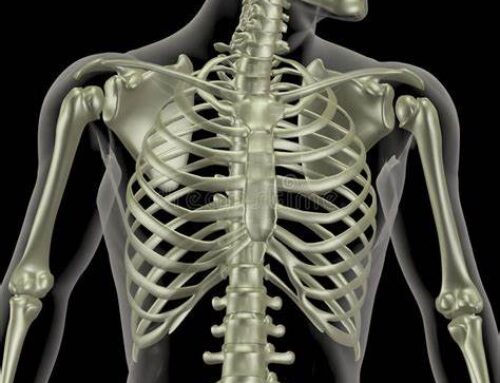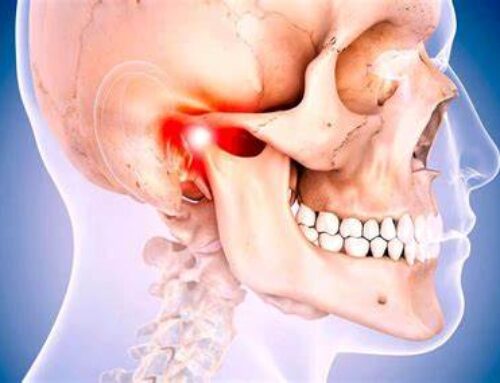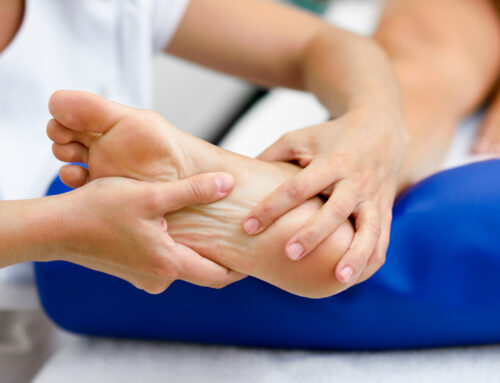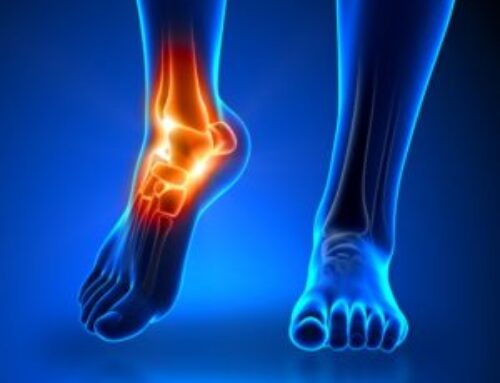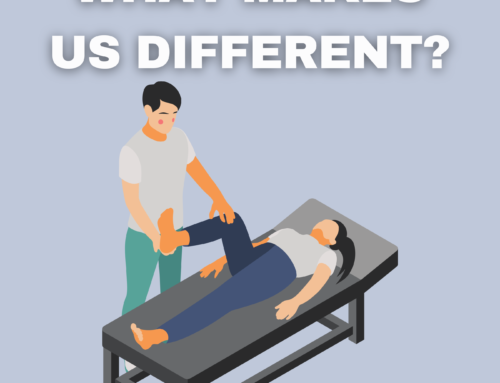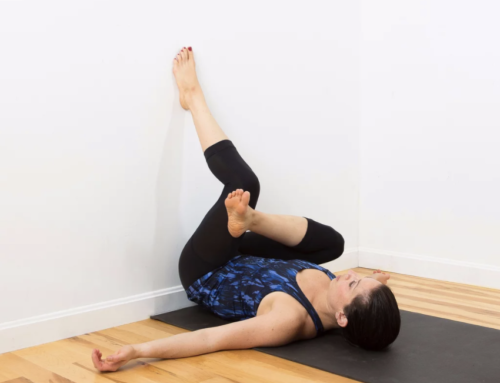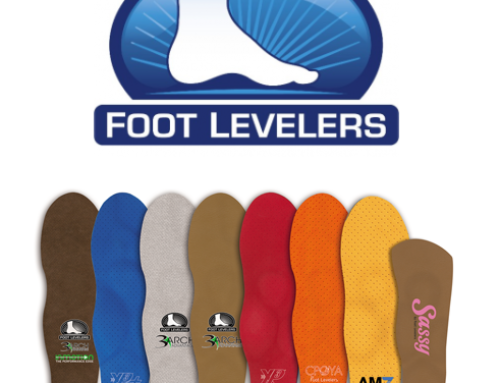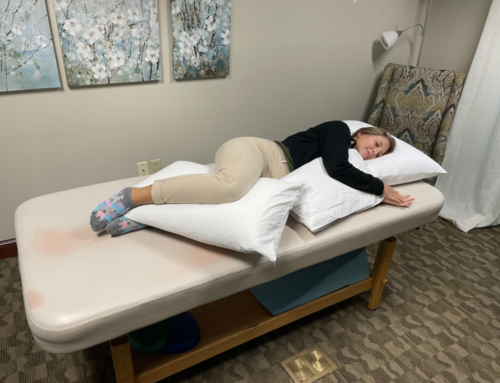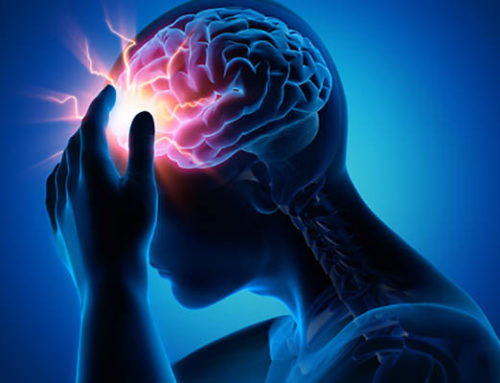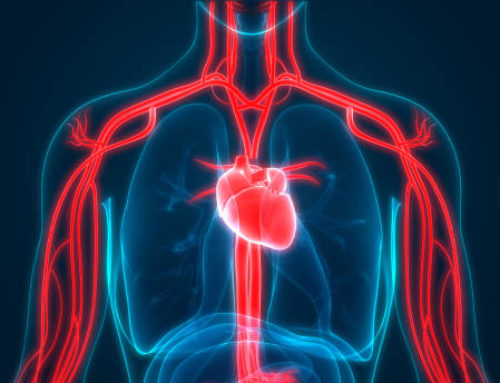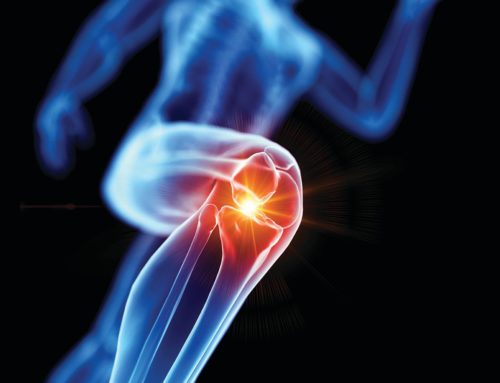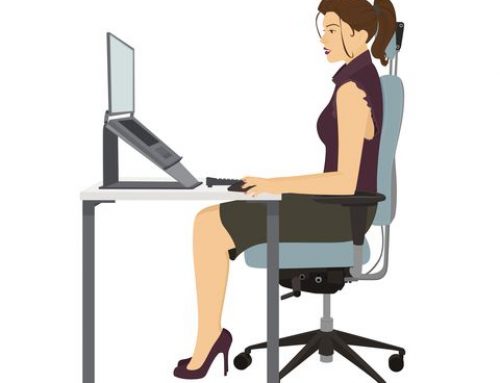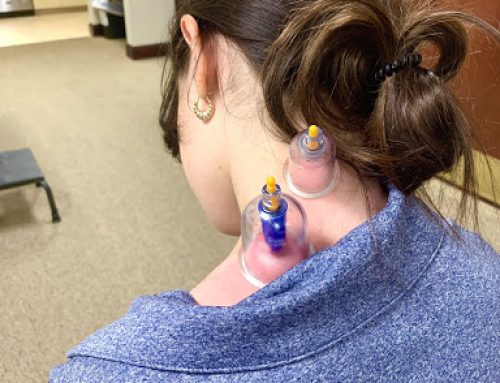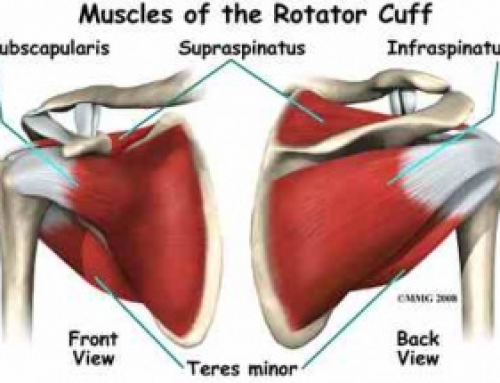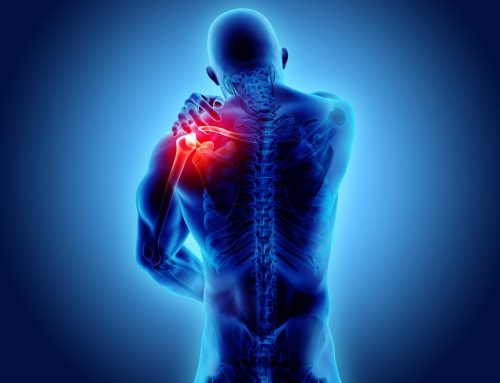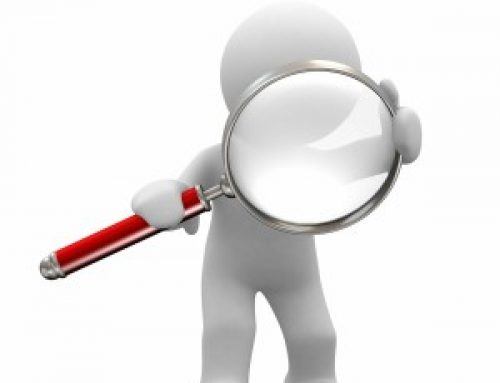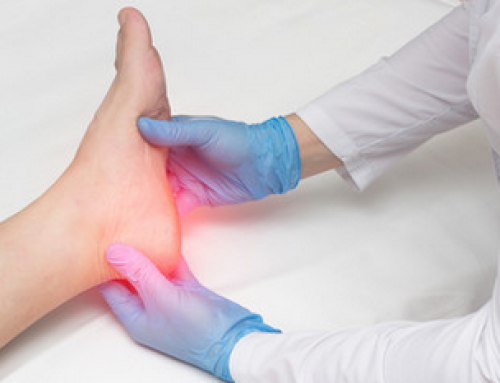There are multiple reasons for experiencing low back pain. It can be from an acute injury, chronic irritation or overuse, poor posture and alignment, kidney disease or other systemic injury/disease just to name a few. However, two of the most common reasons we get back pain are lack of mobility in the joints above and below the lumbar spine, and lack of “segmental stabilization” in the lumbar spine.
Have you ever seen a doctor or physical therapist for low back pain, and your doctor told you that you have a “weak core”? While this may be true, this is hardly ever the only reason for pain.
One reason for this is the lack of movement in the joints above and/or below the spine. Think about this, in order to bend forward to touch your toes you have to be able to bend forward at the neck, upper/mid back(thoracic spine), low back, hips and pelvis.
Now if you have restrictions in motion with bending forward at the hips and in the thoracic spine (which is very common to see), where do you think the motion we need to touch our toes will come from?
If you guess low back, then you’d be right!
It is very common for low back pain to come from being overworked due to loss of motion or stiffness in the hips/pelvis and the thoracic spine. In other words, low back pain could come from your hips or upper back if they are tight and don’t move very well.
Another reason for low back pain is lack of segmental stabilization. This truly is “core weakness”, but it’s not the core weakness that many people envision. In the trunk, we have two major types of muscles. We have “movers” and “stabilizers”.
The movers allow for gross or general motion of the trunk, with no respect for each spinal segment, and typically attach across multiple segments of the spine or have no true spinal attachments at all.
These include our six pack muscle (rectus abdominis), our obliques, and our erector spinae muscles just to name a few.
The stabilizer muscles tend to attach directly to each segment of the lumbar spine and/or sacrum and help control motion at each segment, or individual level of the spine.
Examples of these muscle groups are the lumbar multifidi, the transverse abdominis, portions of the psoas major and QL (quadratus lumborum) muscles, the pelvic floor, and the diaphragm.
Our mover muscles can be extremely strong, but if our segmental stabilizers are not working appropriately we can develop low back pain due to poorly controlled lumbar spine motion.
Imagine you are performing a sit up exercise, which is an excellent exercise for strengthening our mover muscles. If our stabilizer muscles are not working well at the 4th and 5th lumbar vertebrae, then we will have excessive movement at these segments, which can lead to injury or pain. This is why improving the function of our stabilizer muscles is so important in preventing injury when returning to exercise or manual labor after we experience a period of inactivity or sedentary behavior.
To improve your stabilizer muscles try the Abdominal Series. This exercise is a great core exercise that targets your deep phasic muscles that stabilize your core.
Click on the link below to watch us explain how to do the Abdominal Series.




